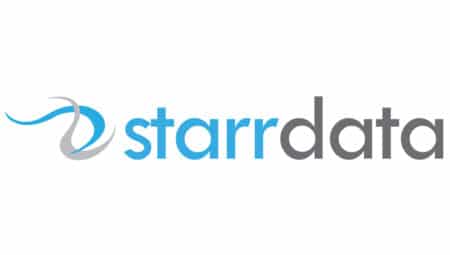Cloud-based CRM solutions such as Salesforce do a fantastic job at providing users and sales teams the ability to manage their sales process holistically from start to finish. Sales data goes into the system as a Lead, and each customer engagement point can be tracked through, in a detailed fashion, to a closed opportunity that is lost or (hopefully) won.
The information below contains an overview of a commonly-used Lead to Opportunity process. While this certainly isn’t the best process for all organizations and teams, it works well for many businesses. The workflow automation provided is just one way that your company can use cloud-based lead tracking software like Salesforce.
In Salesforce terminology, Lead records are the individuals who you’re interested in doing business with – think an unprocessed stack of business cards. You have the information, but you’re not necessarily certain if the individuals you know of are interested in doing business with you.
Leads can originate from a variety of sources – perhaps you’ve purchased a cleansed lead list, you have a big set of business cards you collected at a trade show, or customers have filled out a “Contact Us” form on your website. In any case, you as a sales professional need to communicate with the Lead to gauge their interest in your product or service. Salesforce is fantastic a lead management and lead tracking platform, which uses a lead qualification process to track your determination whether the Lead is qualified (could be a customer), or unqualified (won’t be a customer).
A sample lead qualification process that is tracked using the Lead Status field on the Lead Object looks something like:
- Open – Not Contacted (default Lead tracking stage)
- Working – Contacted
- Closed – Converted
- Closed – Not Converted
If a Lead is “Closed – Not Converted,” you’ve determined the Lead is not a possibility to do business with during a set period of time. Conversely, if the Lead is “Closed – Converted,” you’ve made the assessment that there is some interest in doing business with you and you’d like to start your sales process. You then “convert” the Lead.
When a Lead is “converted” it means that the Lead becomes a Contact (person), Account (company), and an Opportunity (potential sale) in Salesforce. It is possible for a Lead to be converted into a Contact and an Account without also creating an Opportunity. For example, you want to make sure the individual becomes part of your network, but you don’t plan to sell to them in the near future. However, for our example, we would like to make some profit and our Lead will be converted into an Opportunity, as well as a Contact and an Account.
When an Opportunity is created, your sales team is able to track the progress of the Opportunity using a Stage field, similar to the Lead Status field on the Lead. This is the field in which you list your sales stages.
Sales stages should be meaningful to the people who use them and associated with some type of action. Select clear words to label each sales stage you and other business stakeholders agree show the Opportunity has clearly moved from one sales stage to the next. An example of a sales stage could be “Decision Maker Contacted,” meaning you’ve established contact with the person who has the buying authority in the company to purchase your product or service.
An Opportunity stage in Salesforce consists of the name of the sales stage and the probability of closing the sale based on where you are in the sales process.
The sales automation process in Salesforce sets the probability of closing a sale, which is then used for sales forecasting. For example, if the sales stage “Decision Maker – Contacted” has a 40% probability to close, and the value of the Opportunity is $100,000, the sales forecast in the Salesforce dashboard will show the Opportunity generating $40,000 in revenue. As the Opportunity gets farther down the sales stage, the probability increases, and the forecasted revenue increases as well.
We recommend a company have fewer sales stages, rather than lots of sales stages, and that each sales stage be associated with an action.
Sales are hard enough without having to remember a 15-stage sales process. Focus your energy on closing the sale not on thinking about what sales stage you’re in. Making the sales automation process less complex, yet matched with your sales process, increases user adoption.
When you close the sale and get the business, the sales stage becomes “Closed – Won.” If you want to focus on the right Leads, Contacts, and Opportunities leading to more frequent and bigger wins, then using a sales automation system and creating a sales automation process that mirrors your business is essential.
The key concept when creating your sales automation process is to go through it with real customer examples to see if your sales stages allow for enough flexibility, and that the Salesforce sales process is useful for everyone involved in the sales process.
Would you like to support your team with knowledge like this? We can teach you 10 ways by clicking below!



